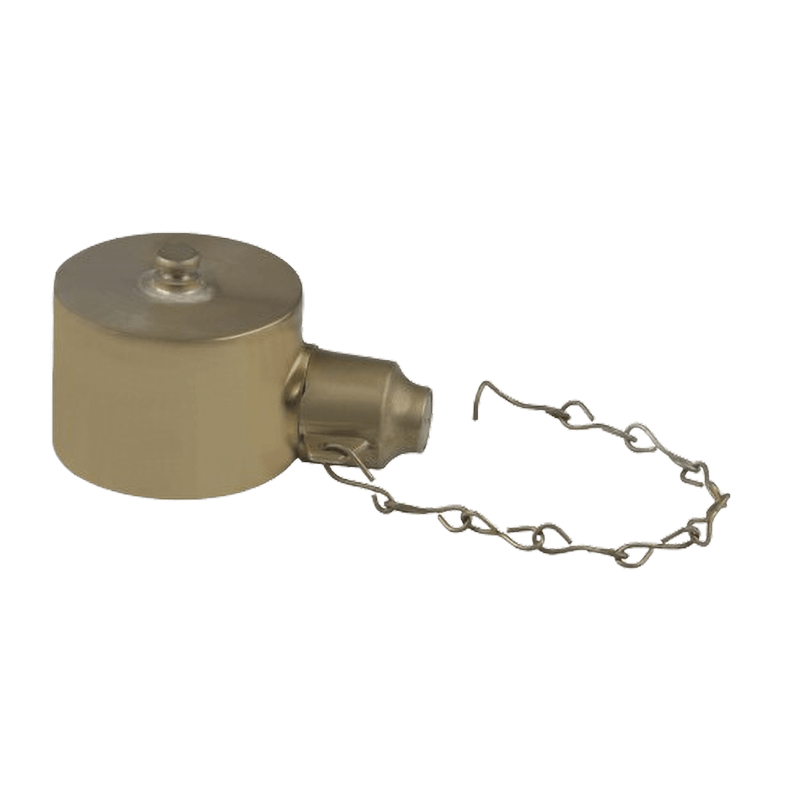Electric regulating valve is a regulating valve that us […]
Electric regulating valve is a regulating valve that uses power to drive an electric actuator and then a valve to throttle. It is an important executive unit instrument in industrial automation process control. With the increasing degree of automation in the industrial field, it is being used more and more in various industrial production fields.
Compared with the traditional pneumatic control valve, the electric control valve has obvious advantages: energy saving (consumption of electricity only when working), environmental protection (no carbon emission), quick and convenient installation (no need for complicated pneumatic pipelines and air pump workstations) : AC22V 380V and other voltage levels.
Fault 1: The actuator does not work, but the power supply and signal lights of the control module are on.
Solution: Check whether the power supply voltage is correct; whether the motor is disconnected; whether the ten-core plug is disconnected from the end to the end of each line; whether the plugs of the motor, potentiometer, and capacitor are in good condition; use the contrast interchange method to judge whether the control module is good.
Fault 2: The actuator does not work, the power light is on but the signal light is off.
Processing method: check whether the polarity of the input signal is correct; use the contrast interchange method to determine whether the control module is good.
Fault 3: Improper adjustment of system parameters causes frequent actuator oscillations.
Treatment method: improper adjustment of the parameters of the regulator will cause the system to produce varying degrees of oscillation. For a single-loop regulation system, if the proportional band is too small, the integral time is too short, and the differential time and differential gain are too large, system oscillation may occur. These parameters can be selected reasonably by the method of system tuning to keep the loop at a stable speed.
Fault 4: The actuator motor heats up quickly, oscillates and crawls, and stops in a short time.
Treatment method: Use the AC 2V voltage file to test whether the input of the control module is AC interference; check whether the signal line is isolated from the power line; whether the potentiometer and the potentiometer wiring are in good condition; whether the feedback component is operating normally.
Fault 5: The action of the actuator is stepping, crawling, and slow.
Solution: Check whether the signal action time from the manipulator is correct.
Fault 6: The actuator position feedback signal is too large or too small.
Solution: Check whether the adjustment of the "zero position" and "stroke" potentiometers is correct; replace the control module to determine.
Fault 7: After the signal is applied, the actuator is fully open or fully closed, and the limit switch does not stop.
Solution: Check whether the function selection switch of the control module is in the correct position; whether the adjustment of the "zero position" and "stroke" potentiometers is correct; replace the control module to judge.
Fault 8: The actuator oscillates and buzzes.
Processing method: mainly because the sensitivity is adjusted too high, the insensitive area is too small, and the sensitivity is too small, which makes the small circuit of the actuator unable to stabilize and generates oscillation. The sensitivity potentiometer can be fine-tuned counterclockwise to reduce the sensitivity; the fluid pressure changes too much, the actuator thrust Insufficient; the selection of the regulating valve is large, and the valve often works at a small opening.
Fault 9: The actuator moves abnormally, but the motor does not stop after the limit switch moves.
Solution: Check whether the limit switch and limit switch wiring are faulty; replace the control module to judge.
Fault 10: The actuator belt is broken.
Solution: Check whether the internal transmission part of the actuator is damaged or jammed; whether the "zero position" and "stroke" potentiometers are adjusted correctly; whether the limit switch is correct.
www.hengjiafire.com
